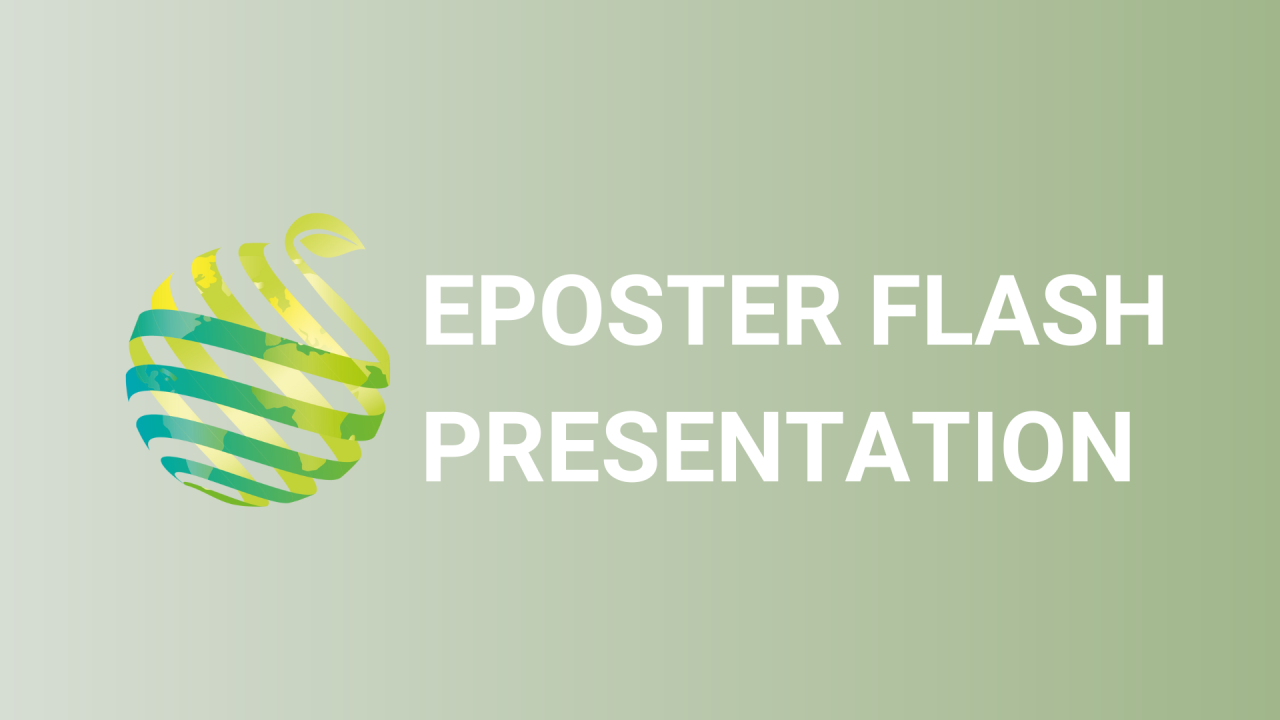

S04 - Session P5 - Improvement in micropropagation and cryopreservation of Musa
Information
Authors: Maria M. Jenderek *, Dianne Skogerboe
Among clonally propagated plants, Musa is one of the most laborious genera to micropropagate and process for cryogenic storage. However, establishing aseptic culture from field grown plants does not differ from any other plant species, most in vitro clean-appearing banana plantlets contain endophytes that may not manifest themselves until exposed to a major stress. A long in vitro culturing period needed to produce a large number of shoots to meet preservation and cryopreservation standards are some of the stressors. All in vitro shoots are endophyte-tested before mass micropropagation; out of 1092 shoots grown on a propagation medium with charcoal that did not show endophytes presence, 633 tested positive on nutrient agar. Subtle symptoms of endophytes around the culture roots and the rhizome may be masked by charcoal added to medium as an antioxidant. Our experiments on replacing charcoal with other agents, showed that adding glutathione to propagation medium, inhibited phenolic secretion without affecting shoot increase and post-LN viability. A medium with glutathione is clear, allowing for an easy observation of potential endophyte presence and eliminating such shoots from further micropropagation. Out of 17 Musa genotypes, initially tested negative on nutrient agar, nine were eliminated during micropropagation on medium supplemented with glutathione due to visible presence of endophytes in the culture. Improvement